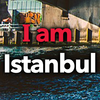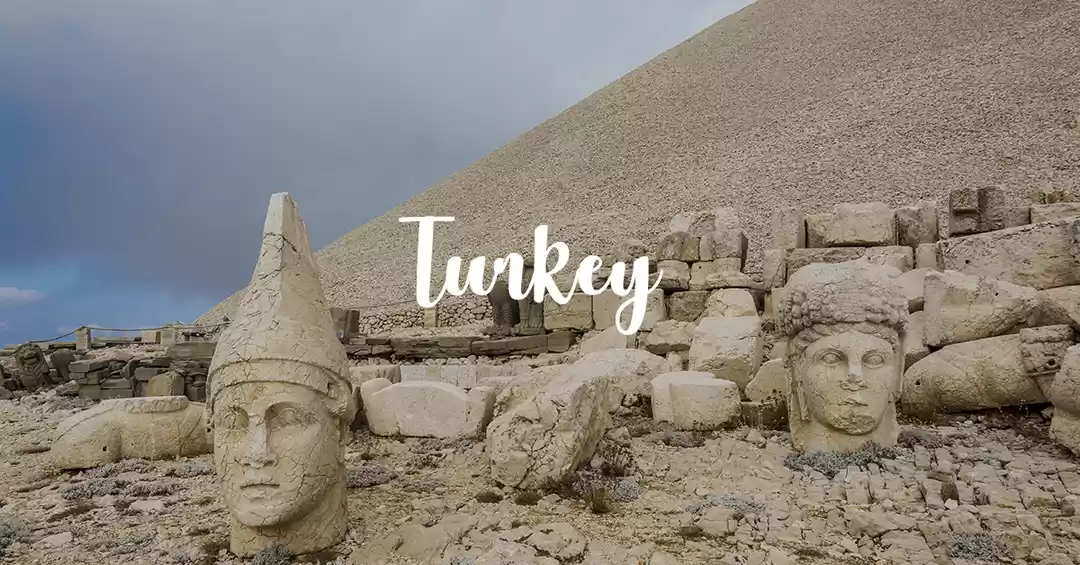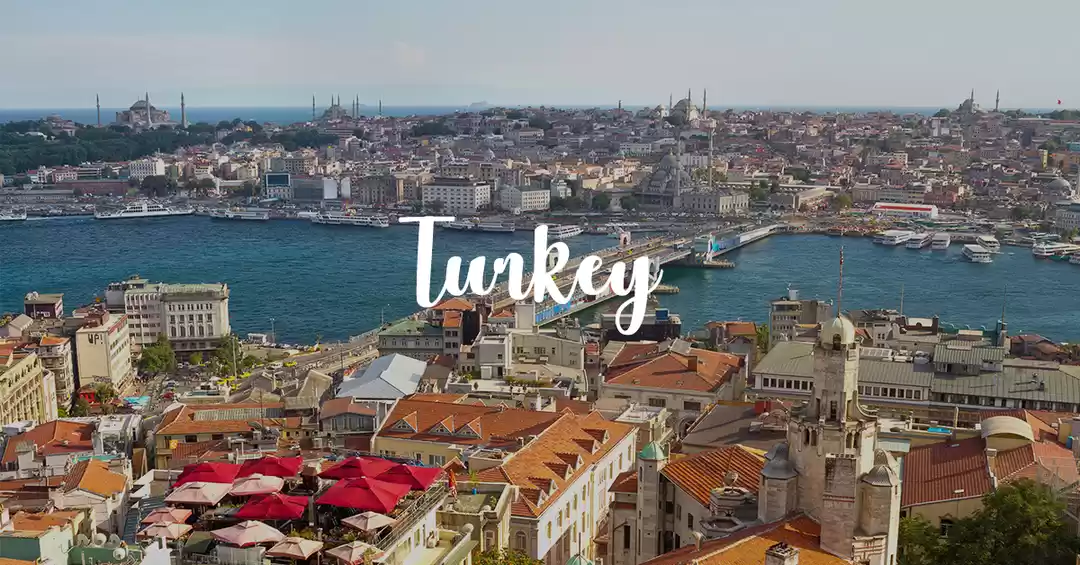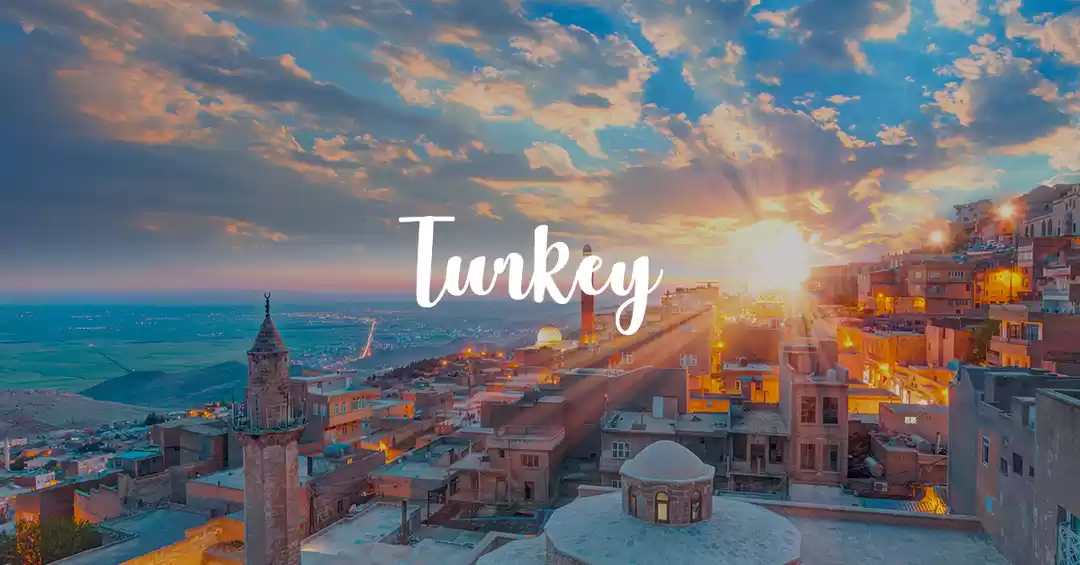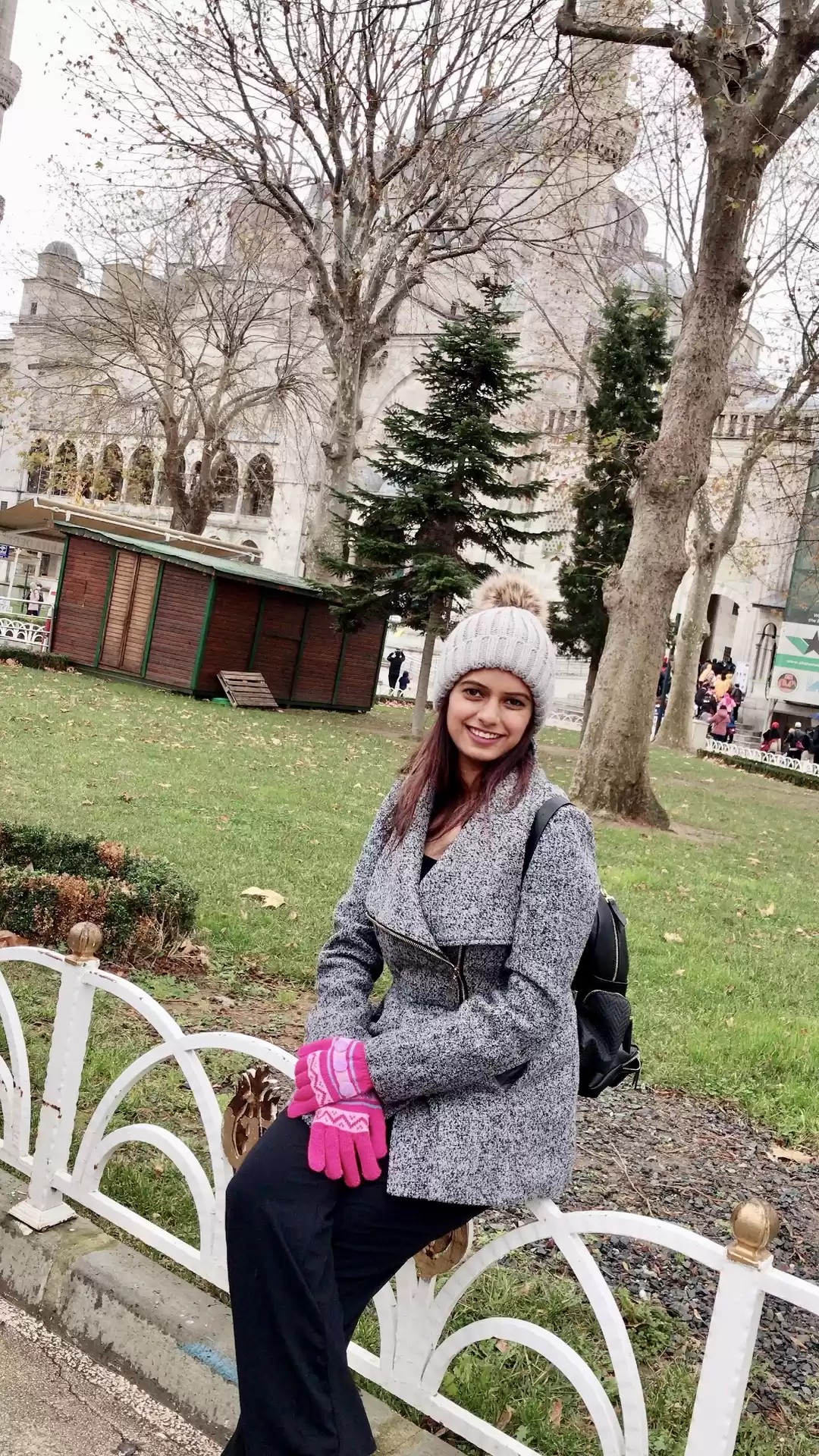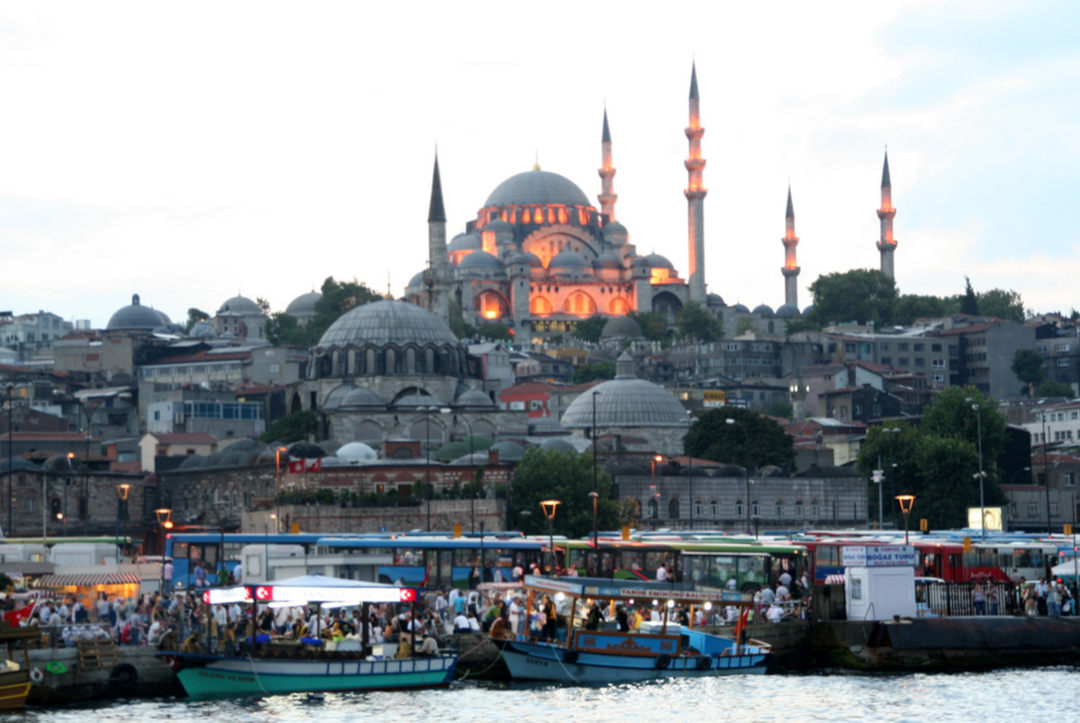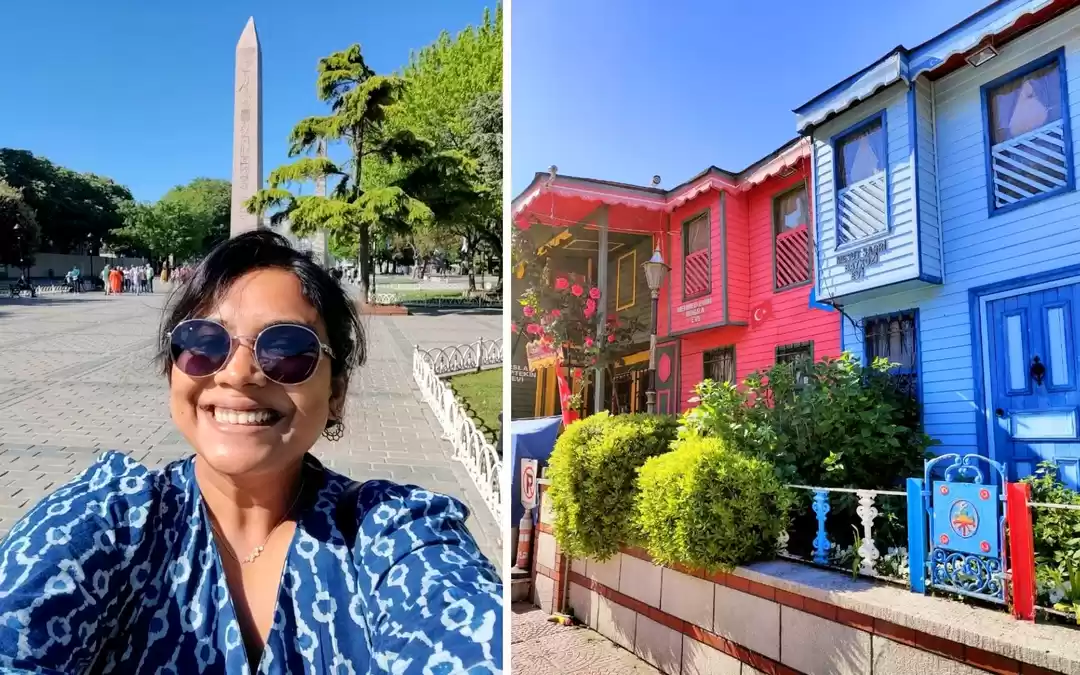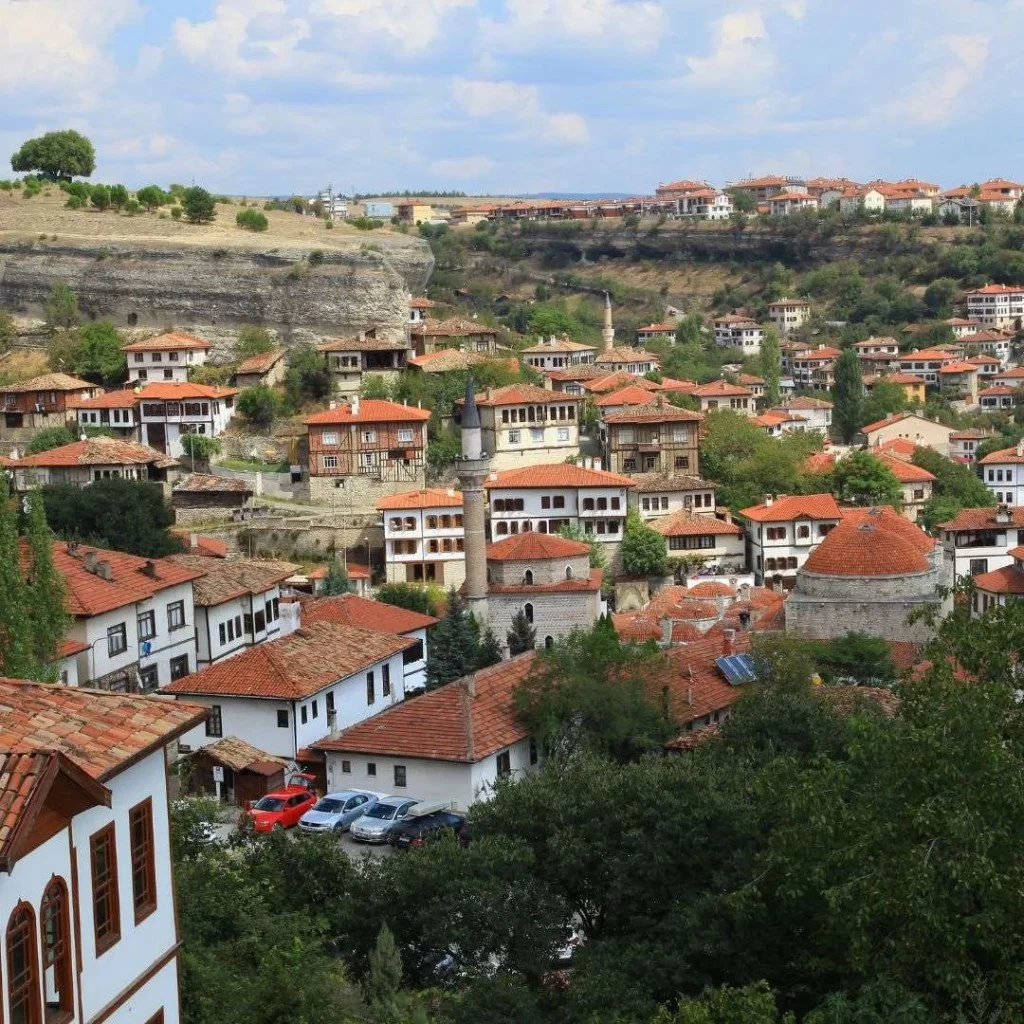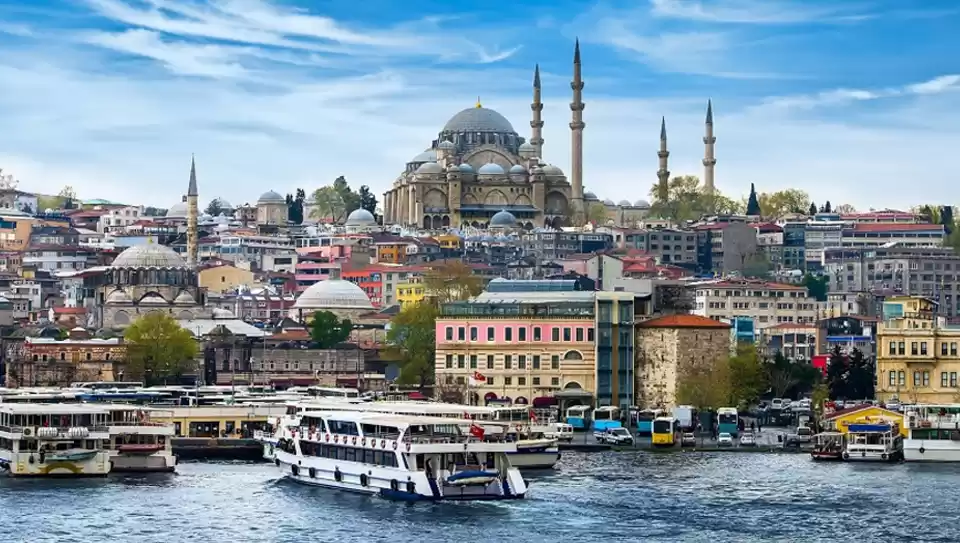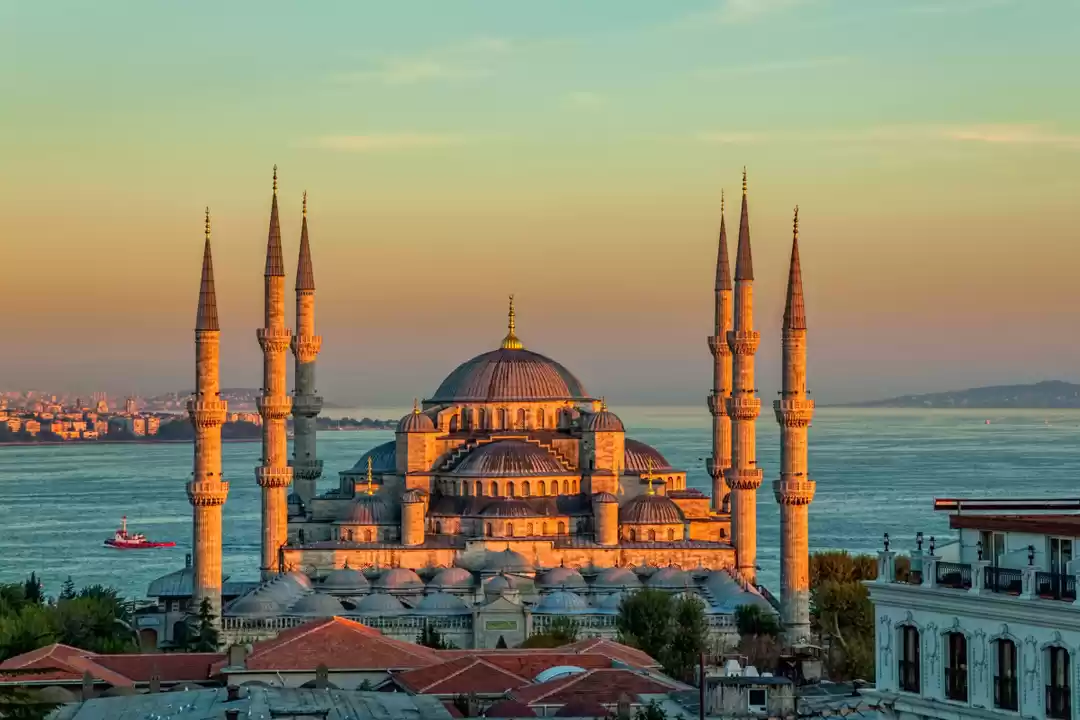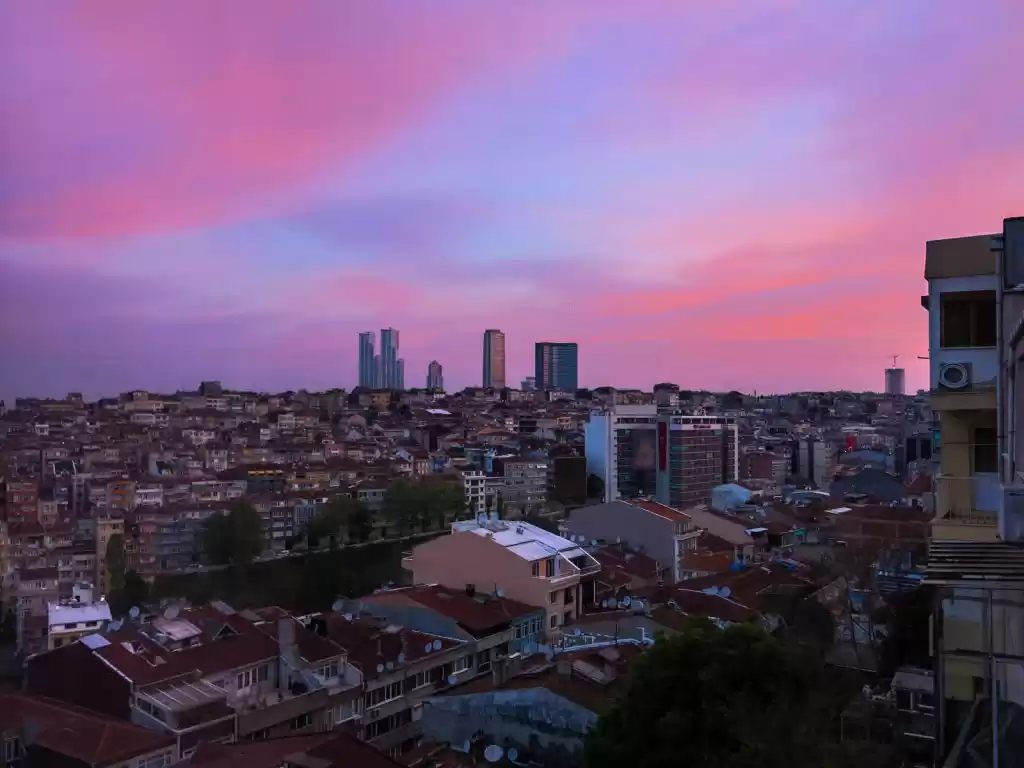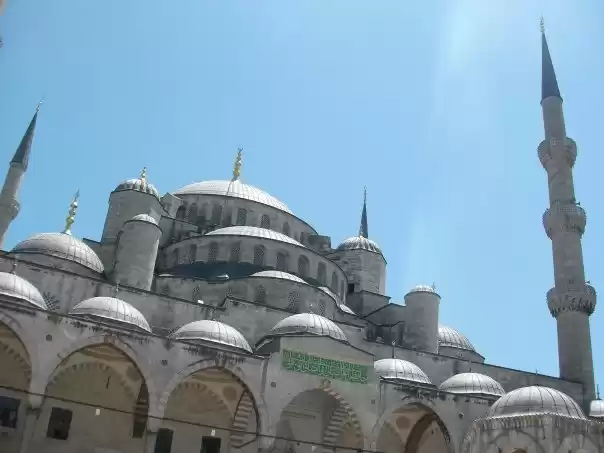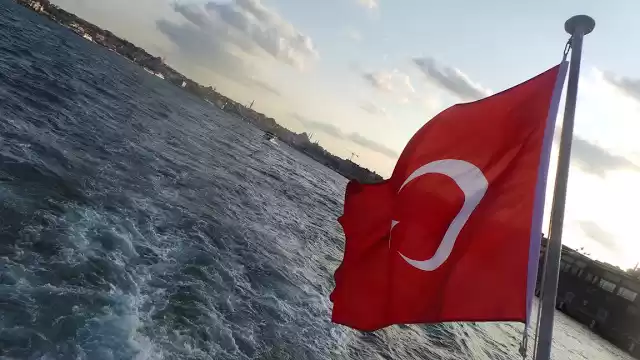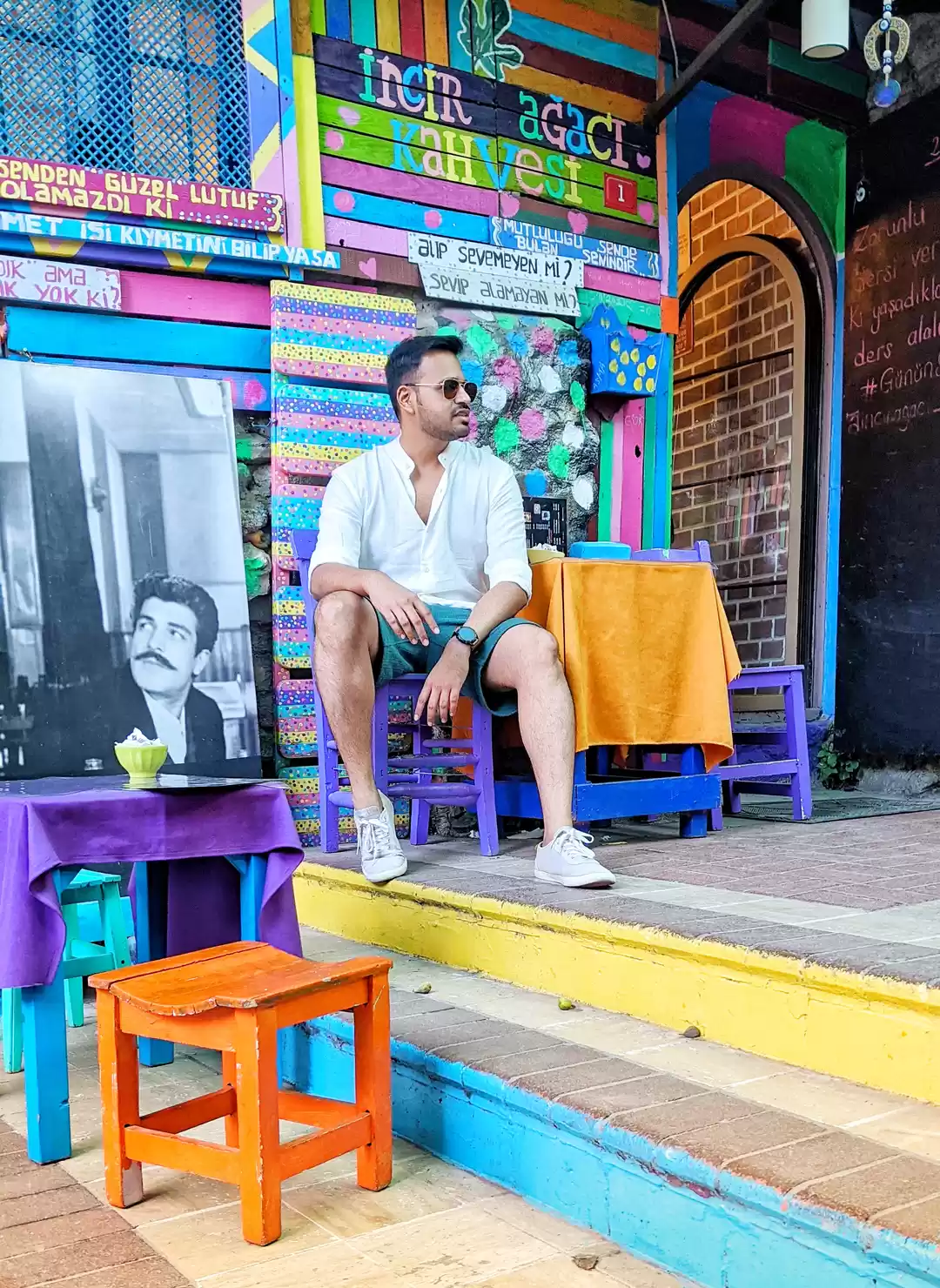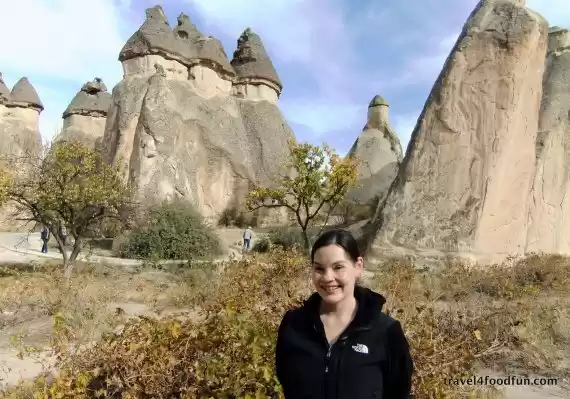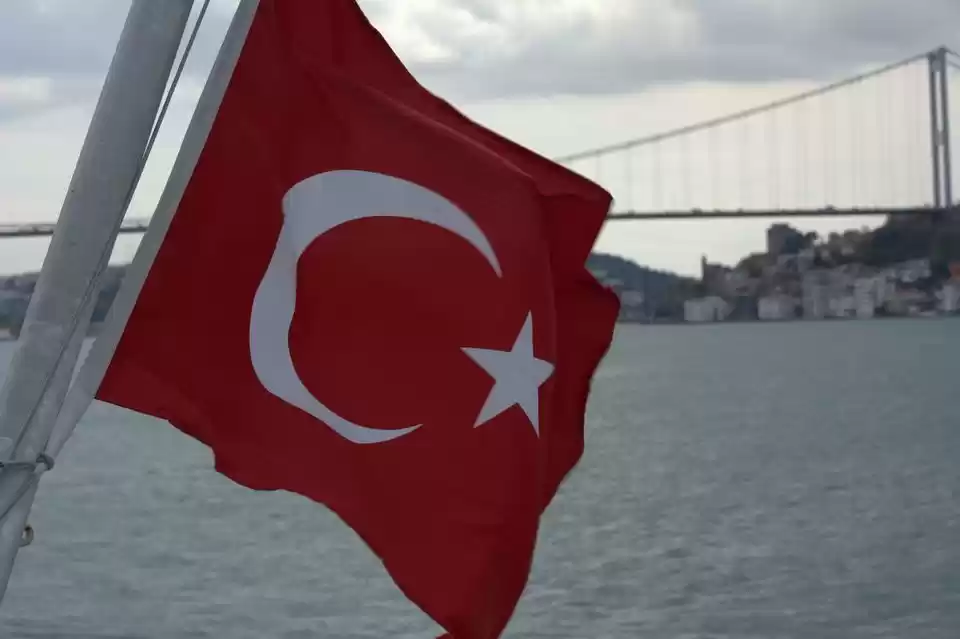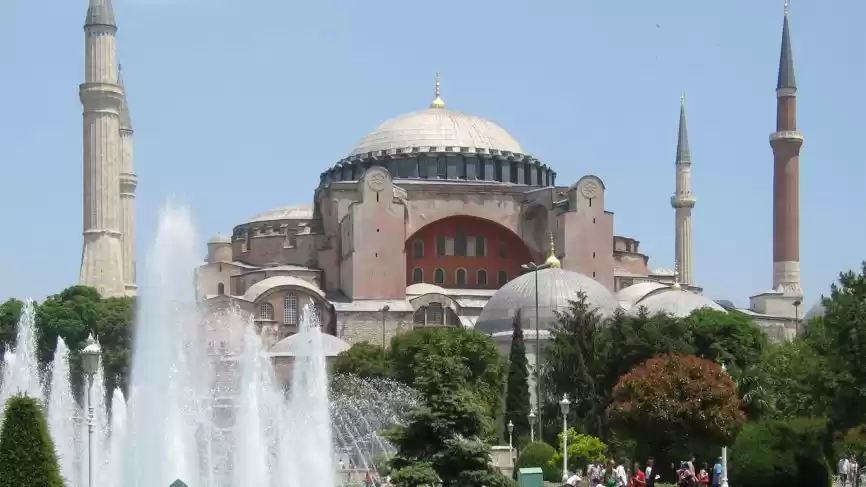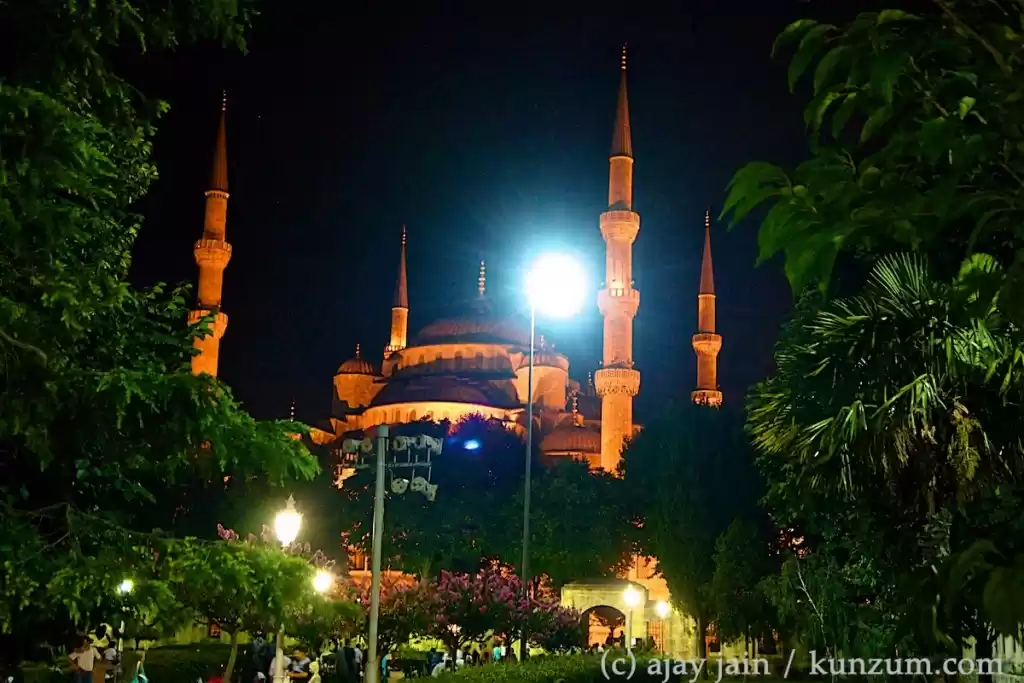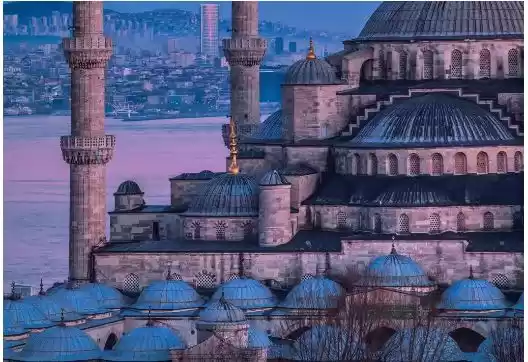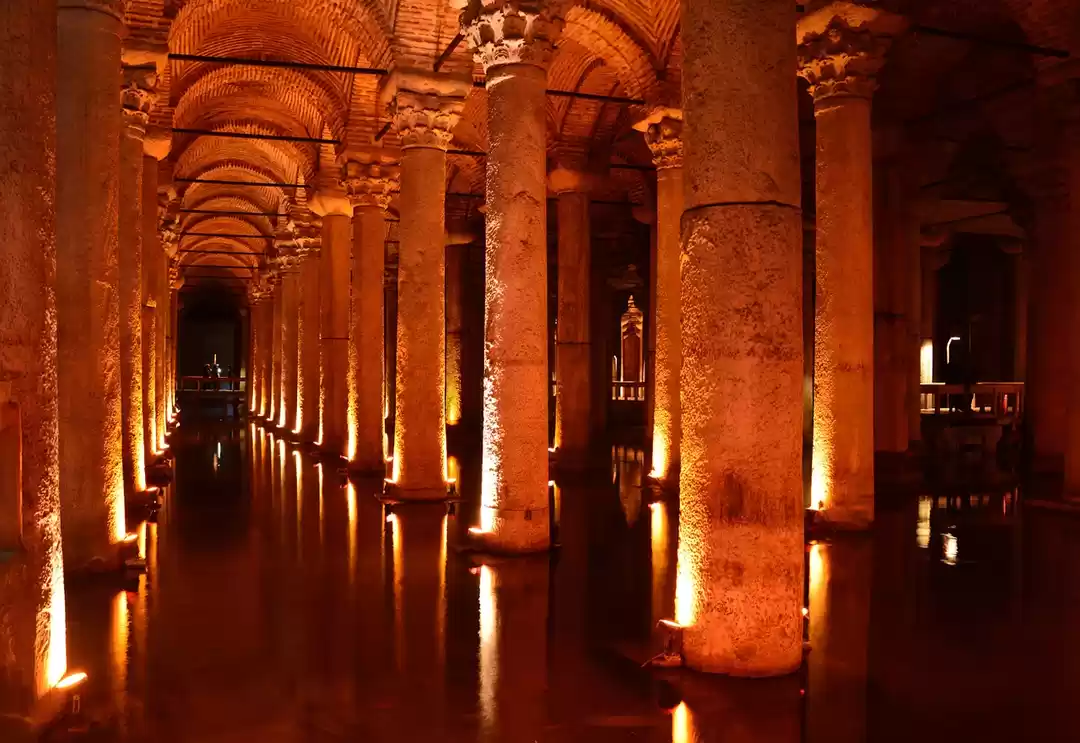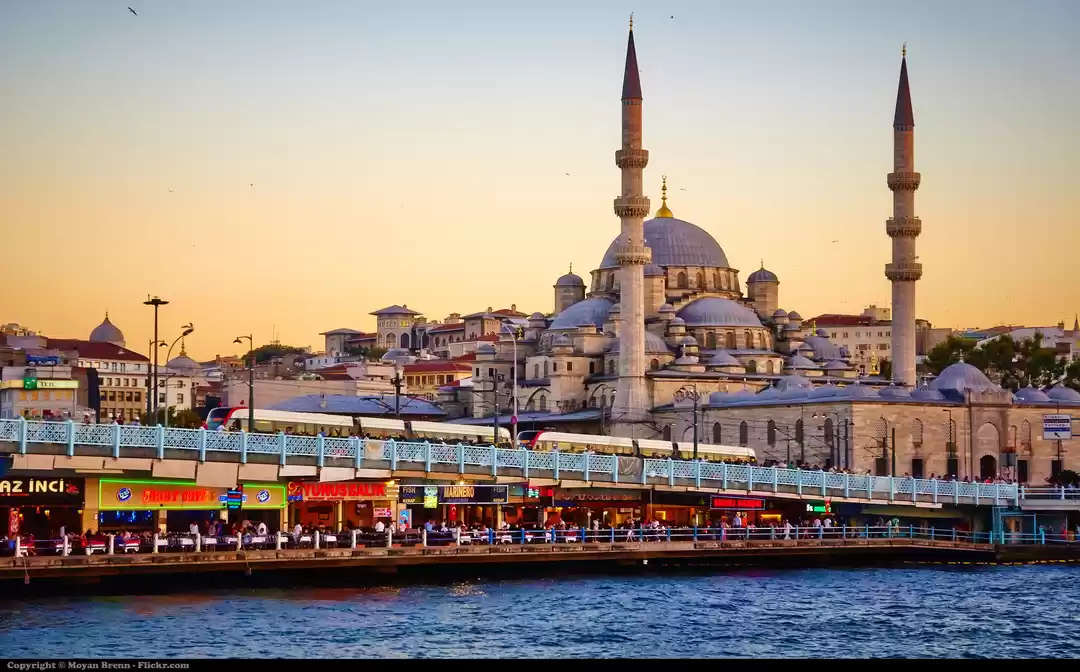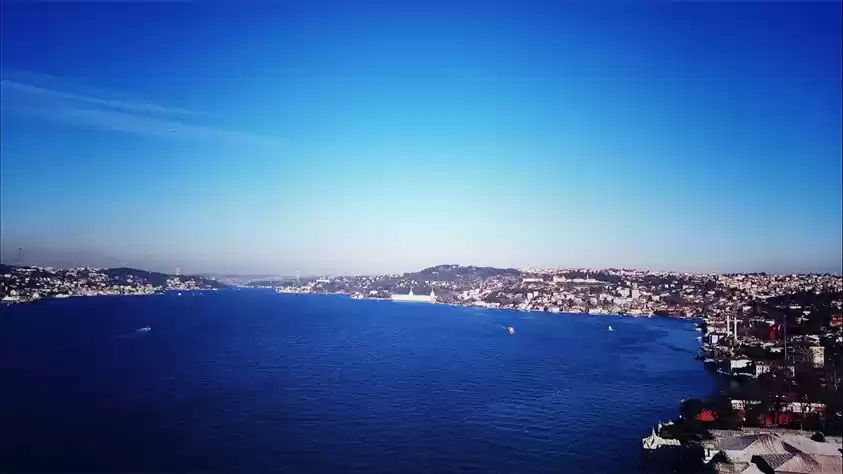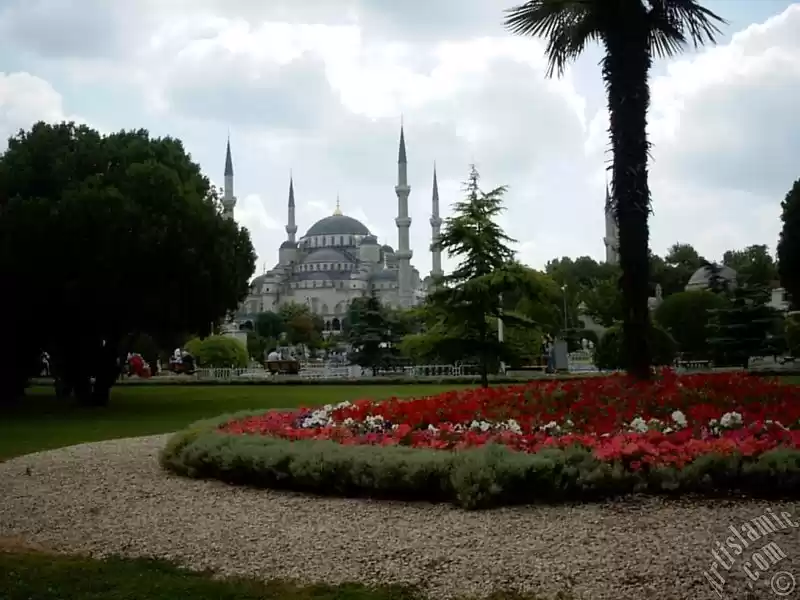
The Kariye Mosque (in Turkish, Kariye Camii), also known as the Church of the Holy Saviour in Chora, is a medieval Greek Orthodox church in Istanbul's Edirnekap neighborhood that is now used as a mosque. The neighborhood is located in the western part of the Fatih district municipality. The Church of the Holy Saviour in Chora was designed in the Byzantine style. The Christian church was transformed into a mosque during the Ottoman period in the 16th century; it became a museum in 1945, but was converted again into a mosque in Istanbul in 2020.
The building's interior is decorated with some of the earliest and most beautiful Byzantine Christian mosaics and frescoes, which were unearthed and rebuilt after the structure was secularized and converted into a museum. When you visit Istanbul, take a loot at this structure; but first let’s take a quick look at the history of this beautiful touristic spot in Istanbul.
Construction of Chora Church
The Chora Church in Istanbul was originally constructed in the early fourth century as part of a monastery complex outside Constantinople's city walls, to the south of the Golden Horn, erected by Constantine the Great. When Theodosius II completed his powerful land walls in 413–414, the church was integrated into the city's defenses, but the name Chora persisted.
The current building's fabric dates from 1077–1081, when Maria Dukaina, Alexius I Comnenus' adoptive mother, reconstructed the Kariye Kilisesi as an inscribed cross or quincunx, a common architectural design at the time. Probably due to an earthquake, the church partly collapsed in the early 12th century.
Alexius' third son, Isaac Comnenus, restored the church. The church as we know it today was not finished until the third period of construction, two centuries later. Many of the church's fine mosaics and frescoes, which you will see when you travel to Istanbul, were donated by the influential Byzantine statesman Theodore Metochites. Between 1315 and 1321, Theodore completed his outstanding interior decoration. The mosaic work is the most outstanding example of the Palaeologian Renaissance. The names of the artists are uncertain. Theodore was banished by the usurper Andronicus III Palaeologus in 1328. Two years later, he was allowed to return to the area, where he spent the last two years of his life as a monk in this church.
Atk Ali Pasha, the Grand Vizier of Sultan Bayezid II, ordered the Chora Church to be turned into a mosque — Kariye Camii — fifty years after the city fell to the Ottomans. Kariye is derived from the Greek word Chora. The mosaics and frescoes were veiled under a sheet of plaster owing to Islam's ban on iconic images. The artwork has suffered as a result of this, as well as the region's numerous earthquakes.
The Byzantine Institute of America and the Dumbarton Oaks Center for Byzantine in Istanbul Studies sponsored a restoration program in 1948 to clean, restore, and conserve the frescoes in Chora, which had been plastered and whitewashed over repeatedly to conceal all representational imagery while the Byzantine era church was used as a mosque during the Ottoman persecutory period. The project continued for twelve years, spanning the 1950s. Chora was opened to the public as a museum in Istanbul in 1958, known as Kariye Muzesi.
Chora Church Today
The Association of Permanent Foundations and Service to Historical Artifacts and the Environment sued in 2005 to overturn the Chora Church's status as a museum. The Turkish Council of State, Turkey's highest regulatory court, requested that it be transformed to a mosque in November 2019. It was designated as a mosque in August 2020. Both Greek Orthodox and Protestant Christians in Turkey condemned the decision to turn Chora Church into a mosque. Turkey retaliated with a strong rebuke.
Muslim prayers were held for the first time in 72 years on Friday, October 30, 2020, just like Hagia Sophia.
visit Chora Church, one of the most impressive Byzantine Empire relics, which is one of the best things to do and a top-rated tourist destination in Istanbul among the other historical places today.
https://www.iamistanbul.com/history-of-chora-church-kariye-kilisesi

